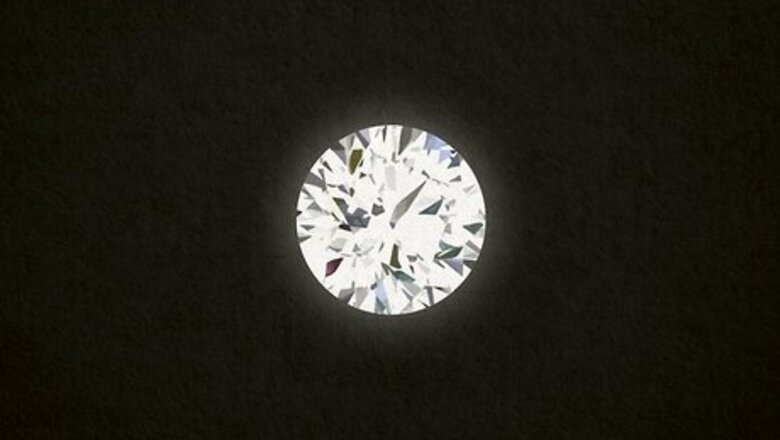
views
What is moissanite?
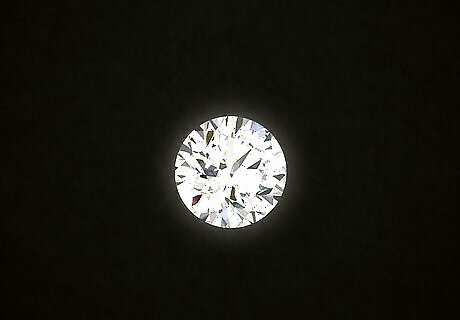
Moissanite is a clear mineral made out of silicon carbide. Moissanite is often compared to diamonds due to its transparent and sparkling appearance. It's naturally found in meteorites and rock, though it's very rare. Because natural moissanite is so rare, most minerals are synthetic and lab-grown. While moissanite is very similar to diamonds, it is not a diamond. Moissanite is made out of silicon and carbon, while diamonds are pure carbon. Moissanite is used in jewelry and is a great alternative to diamonds. It is also used as an abrasive and to make semiconductors and other electronics. Natural moissanite can be blue, green, or yellow, though most synthetic moissanite is clear. Moissanite is sometimes called “Space diamond” or “Stardust” because of its meteorite origins. Moissanite is sometimes found as an inclusion in diamonds, kimberlite, and other minerals. This means it's trapped inside the other gem.
Moissanite Meaning & Symbolism

Moissanite represents strength and resilience. Moissanite is an extremely tough and durable gem that doesn’t scratch or break easily. So, it’s thought to symbolize inner strength, power, and resilience. Wearing moissanite jewelry or holding a moissanite gemstone can give you the courage to face challenges, pick yourself up when things get hard, and try again until you succeed. While moissanite is not an official birthstone, some people consider it one of April’s birthstones along with the diamond.
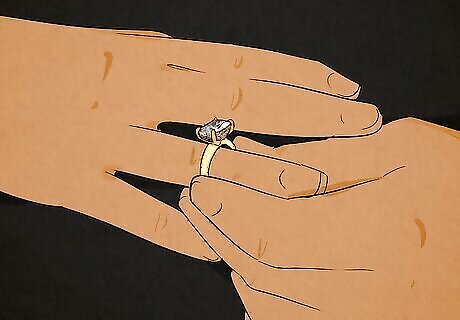
Moissanite symbolizes enduring love. Because moissanite looks similar to diamonds, it is also associated with love and romance. Due to its hardiness and durability, it’s seen as a symbol of strong, unbreakable love. When you give it to your significant other, it can signify your everlasting faithfulness, commitment, and devotion to them. Moissanite is a popular choice for engagement rings and wedding bands due to its association with eternal love. Moissanite necklaces, earrings, and bracelets also make a great gift to show your love for your partner.
Moissanite Spiritual and Healing Properties

Moissanite can cleanse your mind and improve clarity. If you’re navigating a tough situation or have to make an important decision, moissanite can give you the clarity to know how to proceed. Moissanite is believed to cleanse your mind, body, and spirit of negative energy. This can help you feel more grounded and mentally, physically, and spiritually balanced. To feel moissanite's cleansing and clarifying properties, simply wear it as jewelry. Or, keep a gem in your pocket, bag, or on a table near you. Alternatively, hold moissanite in your hand as you meditate. Or, place it on the table, altar, or ground where you do your spiritual practice.

Moissanite might bring good luck. Many people believe moissanite is an auspicious stone that brings you good fortune, good health, and good luck in love. It’s also believed to repel negative thoughts and boost positive ones. So, wear or hold moissanite when you need an extra boost or pep in your step!

Moissainte can help you get in touch with your higher self. Spiritually, moissanite represents enlightenment, wisdom, and awakening. It is also associated with your third eye chakra, which deals with spiritual awareness and intuition. Wearing or meditating with moissanite can help you connect with your higher self, gain clarity about your life’s purpose, and feel more spiritually in sync. Because natural moissanite is found in meteors, it’s also associated with spiritual communication and unity with the universe. Try balancing your chakras with moissanite. Simply lay down, place a moissanite gem on your forehead, and meditate for at least 10 minutes to help open your third eye chakra.

Moissanite might help you physically heal. Due to moissanite’s association with strength and resilience, it’s believed to promote healing and boost your recovery time. If you’re dealing with a common ache or pain, like a headache or muscle cramp, moissanite might treat the problem and help you feel better faster. To heal with moissanite, simply place a gem on the area that hurts. Or, wear moissanite jewelry or hold a gem. Note: Crystal healing is considered a pseudoscience. There is no scientific evidence that crystals can heal you or treat certain ailments.

Moissanite might help boost your energy. If you’re running low on stamina or motivation and need some juice, grab a moissanite gemstone. This mineral is thought to have energizing and revitalizing properties, helping you to feel empowered, confident, and focused to get things done. For instance, hold or wear moissanite when you need a little boost to achieve your goals. Or, use it to help you prepare for a test or presentation.

Moissanite can help you manifest love. Moissanite symbolizes everlasting love, so it might come as no surprise that it’s believed to attract love to you. If you're on the hunt for love, wearing moissanite jewelry or carrying a jem with you might help you meet The One and begin a fulfilling and healthy relationship. To manifest love with moissanite, hold your gem, think about what kind of partner or relationship you want, and repeat your affirmation out loud, like “I am letting love into my life.” Then, set goals to get what you want. If you’re in a relationship, moissanite can help you improve your connection and deepen your commitment to one another.

Moissanite might inspire creativity. Wearing moissanite jewelry or holding a moissanite gem is believed to amplify your creativity and imagination, helping you to feel inspired and motivated. This mineral can help you express yourself, come up with exciting ideas at work, or problem-solve solutions when you’re faced with a challenge.
Moissanite Jewelry Benefits

Moissanite is durable. Moissanite scores a 9.25 on the Mohs hardness scale, which means it’s super tough and resistant to scratches, chips, and other damage. It can also withstand high temperatures without cracking or melting. This means moissanite rings and other jewelry can stand up to everyday wear and tear. Moissanite’s durability also means it can be carved into all the popular gemstone cuts, including round, emerald, marquise, and cushion. Moissanite’s hardness is only behind diamond’s, which is at a perfect 10 on the Mohs scale. Only diamonds and other moissanite gems can scratch moissanite. When comparing moissanite to cubic zirconia and other diamond alternatives, moissanite is more durable. Many gemologists consider moissanite the best diamond simulant.
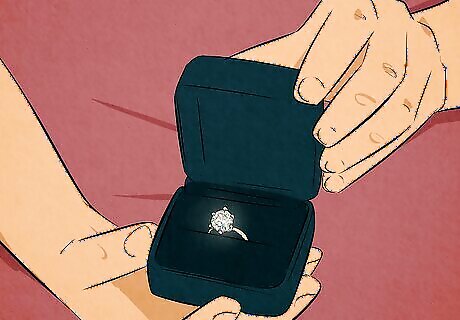
Moissanite is brilliant and sparkly. Because most moissanite gems are lab-grown, they have a near-perfect shine and clarity that’s comparable to the finest cut diamond. Moissanite also has a higher refractive index than diamonds, making them even more sparkly and brilliant. They also have more fire, which are the colorful flashes of light you see when you move the gem back and forth. The cut of your gem influences its brilliance, as more facets lead to more sparkle. In general, round, radiant, and princess cuts are more sparkly than other shapes. Like diamonds, it's rare for moissanite gems to grow cloudy over time. This helps them stand out against other diamond alternatives, like cubic zirconia, which can look cloudy with wear.
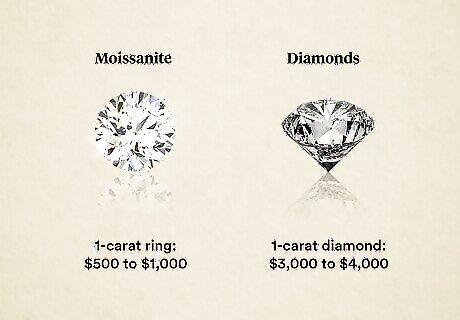
Moissanite is less expensive than diamonds. A similarly sized moissanite gem is typically much less expensive than a diamond. For instance, a 1-carat moissanite ring typically costs between $500 to $1,000 while a 1-carat diamond ring generally costs $3,000 to $4,000. If you’re shopping for an engagement ring or fine jewelry and you’re on a budget, moissanite is a great alternative that gives you a similar look to diamonds. Other diamond alternatives, like cubic zirconia, are typically much less expensive than moissanite. For instance, a 1-cart cubic zirconia ring might cost you $50 to $90.
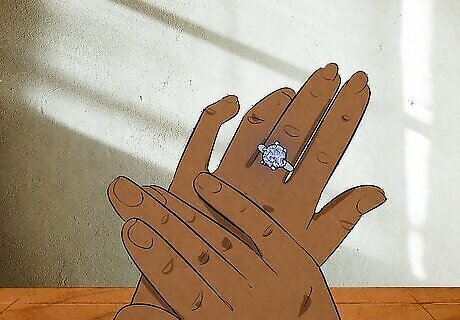
Moissanite comes in similar colors to diamonds. Moissanite ranges from a classic crystal clear to a vintage yellow or brown, just like diamonds. Due to their brilliance and fire, moissanite can sometimes look green or blue as it flashes in the light. So, this gives you similar looks and styles to choose from as diamonds.

Moissanite is more ethical and environmentally friendly than diamonds. Throughout history, diamonds have been mined in war zones and sold to help fund violent conflicts. The process of mining diamonds can also have negative consequences, from poor working conditions to harming the environment. Most moissanite is synthetic and grown in a lab, so it doesn’t have the same potential environmental and ethical concerns. In 2003, the Kimberley Process Certification Scheme was developed to monitor the diamond trade and ensure diamonds are conflict-free. Most diamonds on the market today are conflict-free.
Cleaning Moissanite
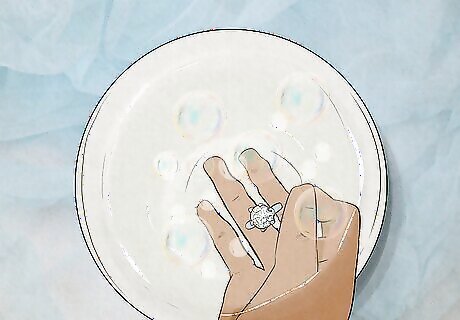
Soak moissanite in warm water and mild soap for 5 to 10 minutes. When your moissanite jewelry or gemstone starts to look dirty, clean it to restore its luster and shine. Simply fill a bowl with warm water and several drops of a mild soap, like dish soap. Then, let the moissanite soak for 5 to 10 minutes. Do not clean your moissanite with anything harsher than soap, as chemicals can potentially discolor or damage it. If your moissanite jewelry is very dirty or damaged, take it to a jeweler to clean and fix it.
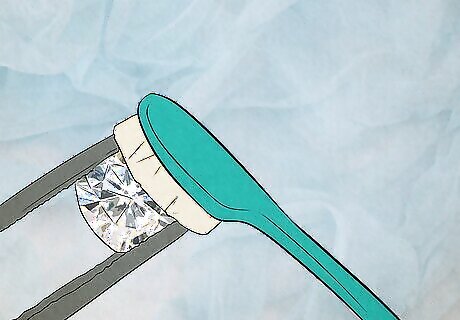
Wipe the moissanite with a lint-free cloth or soft toothbrush. Dip a lint-free, microfiber cloth or soft toothbrush in the soapy water and use it to gently scrub your moissanite. This helps lift off any stuck-on dirt, as well as debris trapped in the jewelry setting.
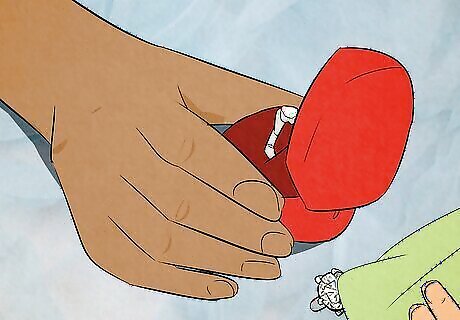
Dry the moissanite and store it in a safe spot. Gently wipe your moissanite jewelry or gem with a lint-free microfiber cloth until it is completely dry. Then, put your moissanite in a safe, secure spot where it won’t be susceptible to damage, like a jewelry box, velvet pouch, or designated gemstone drawer.
History of Moissanite

Moissanite was discovered by Henri Moissan in 1893. In the late 1800s, the French chemist Henri Moissan was studying a large meteorite in Arizona when he discovered a new mineral made out of silicon carbide. Other researchers named it moissanite to honor his discovery. It wasn’t until the 1990s that chemists created a way to grow synthetic moissanite in a lab.














Comments
0 comment